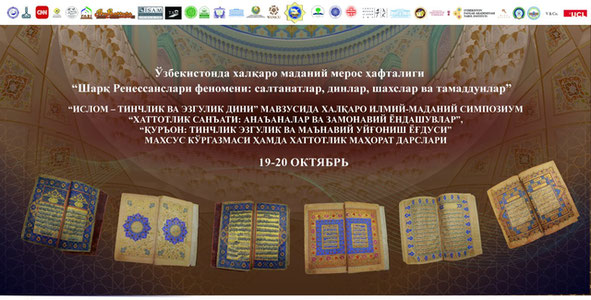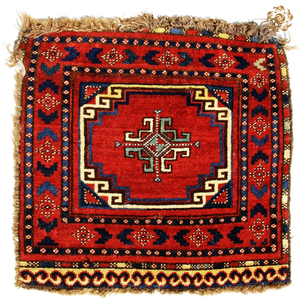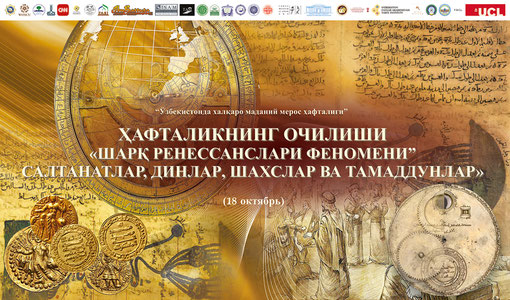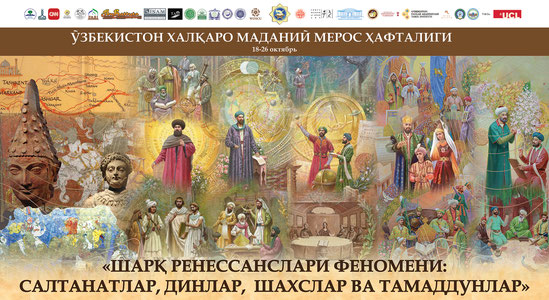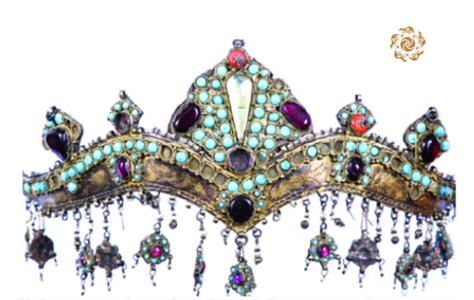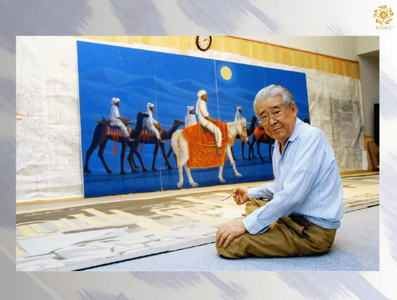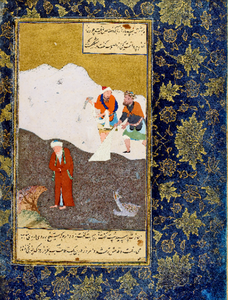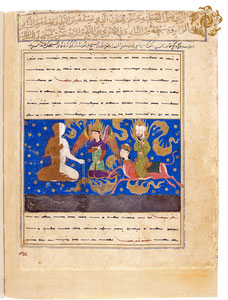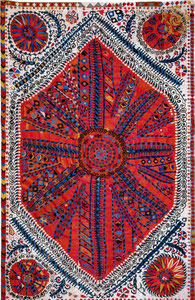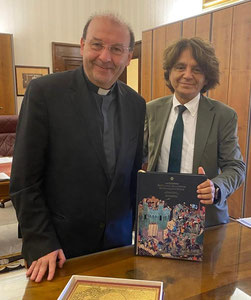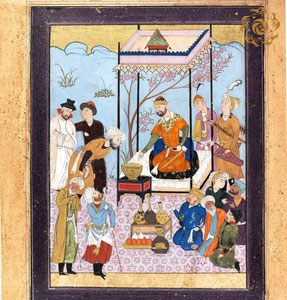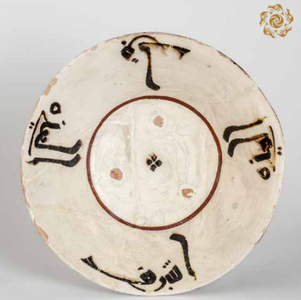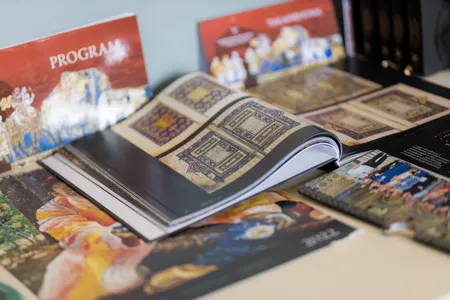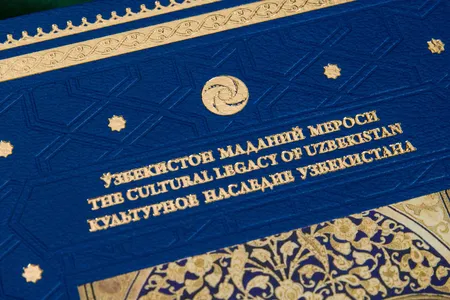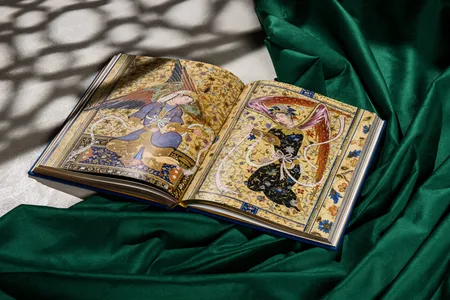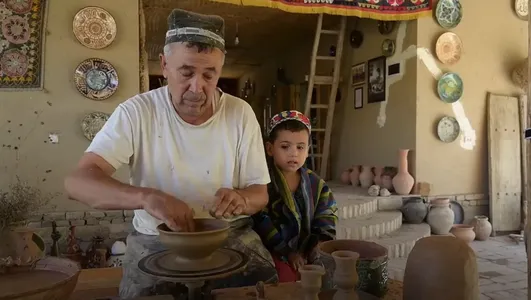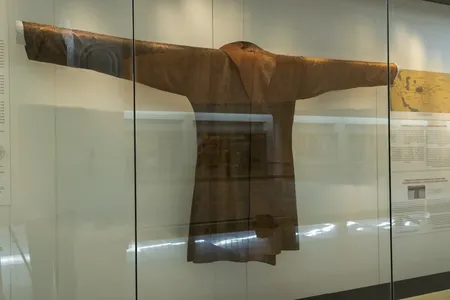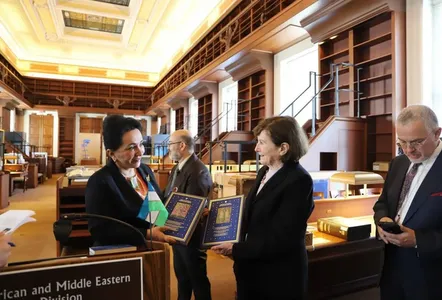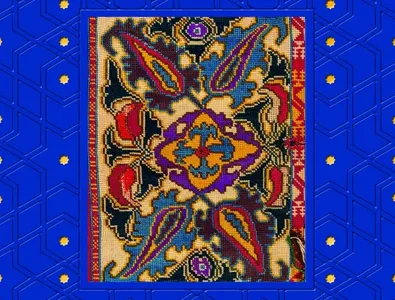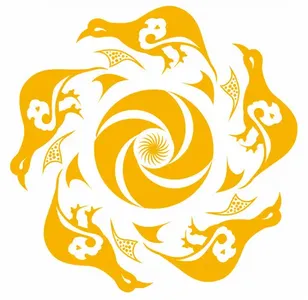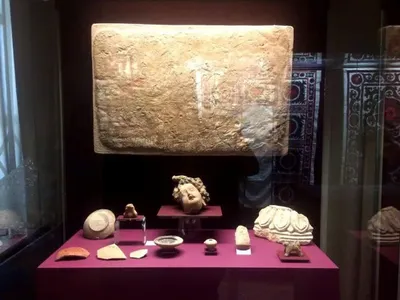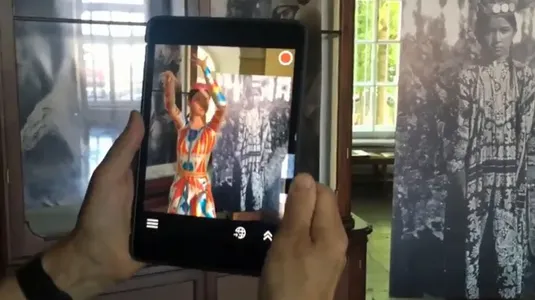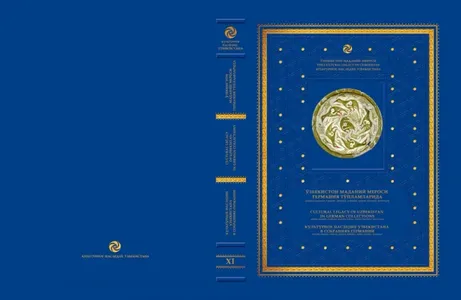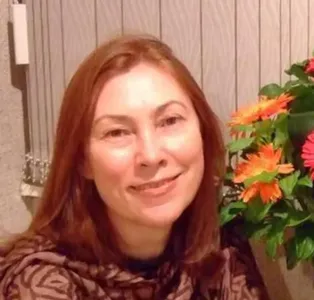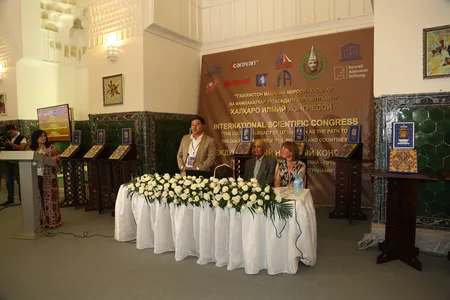Suzani is not just embroidery, but a whole cultural phenomenon that reflects the richness of traditions in Central Asia. These unique textile creations, made using a variety of techniques and patterns, have served as an important symbol in the lives of families.
Originally, suzani was an integral part of the wedding ceremony. When the bride left her parental home, this work of art not only adorned the occasion but also provided protection and well-being. The women of the family would raise the suzani over the bride's head, symbolizing the transfer of magical power and care from one generation to another.
In the young couple's home, suzani continued to play its role by creating an atmosphere of comfort and security. They were used to decorate the bed on the first wedding night, emphasizing the importance of this moment. The embroidered sheets and coverlets not only provided comfort but also served as a talisman for future generations.
Over time, the number of suzani pieces in the interior may have decreased, but their symbolic significance remained unchanged. They became a kind of sign of family well-being and harmony, a reminder of the most important events in the family's life.
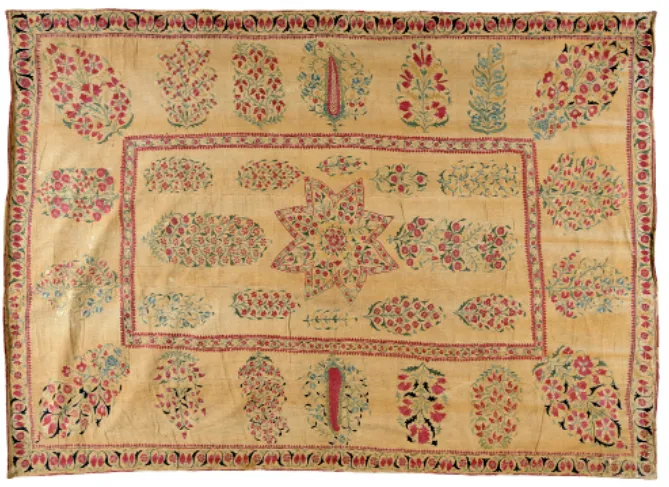
You can learn more about the topic in the book-album "Central Asean Heritage in the Collections of Cambridge University" (Volume XXVIII) in the series "The Cultural Legacy of Uzbekistan in the World Collections".
The main sponsor of the project is the oilfield services company Eriell-Group.

